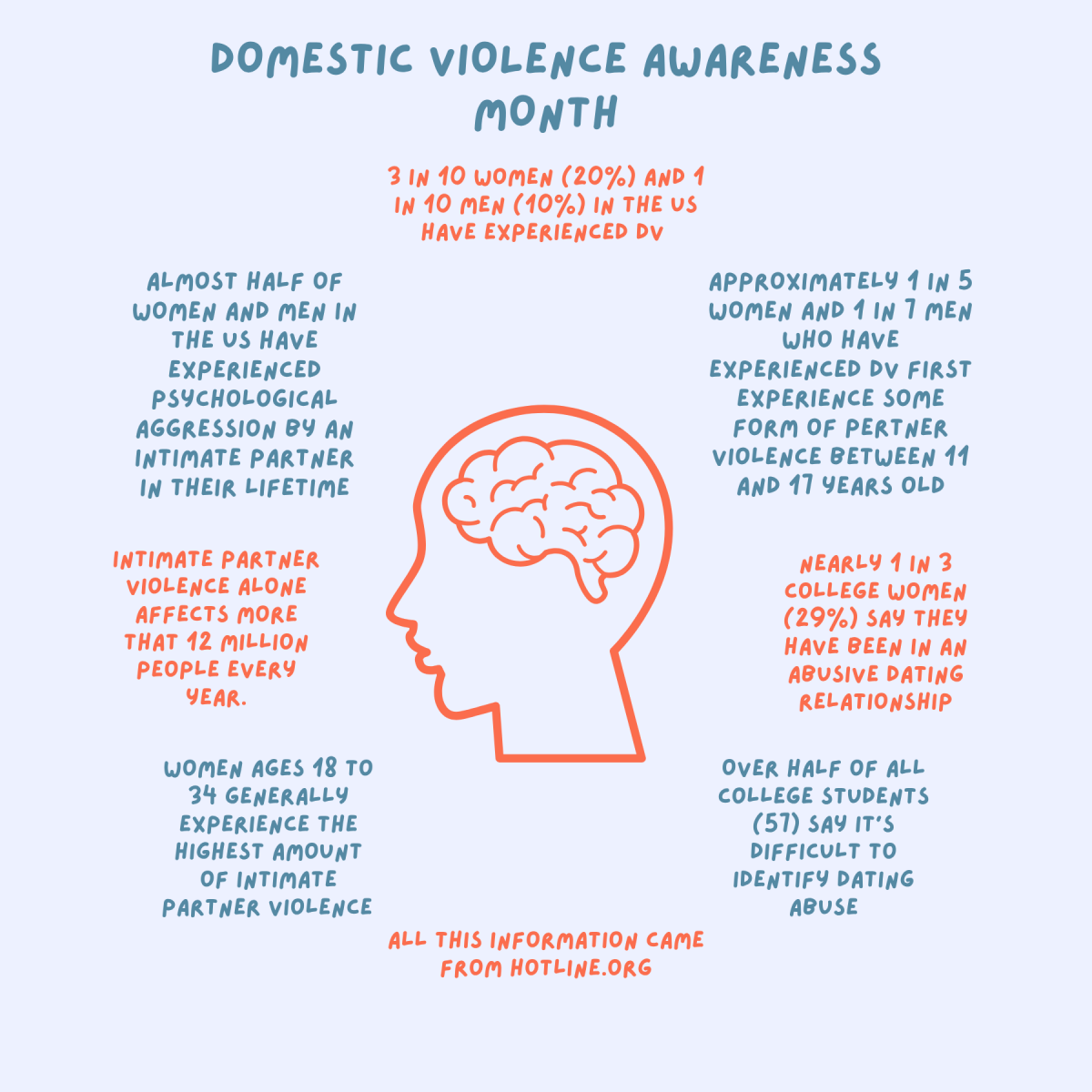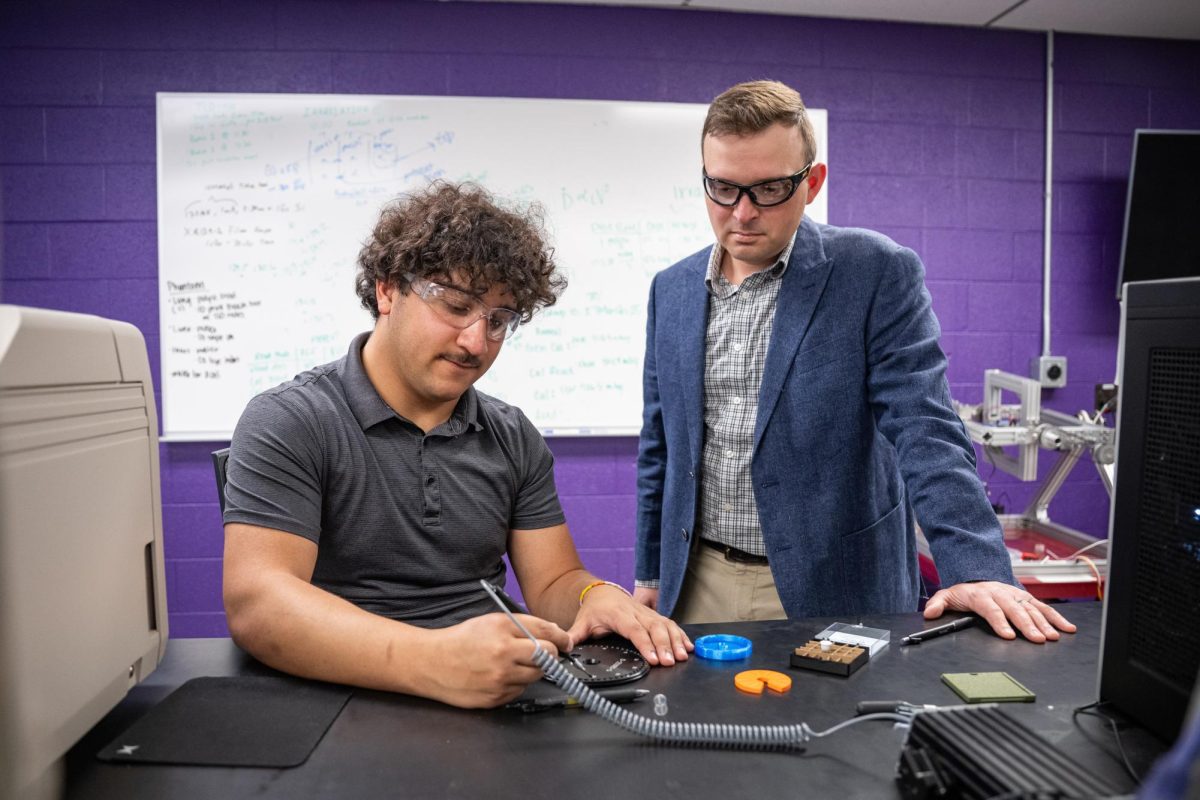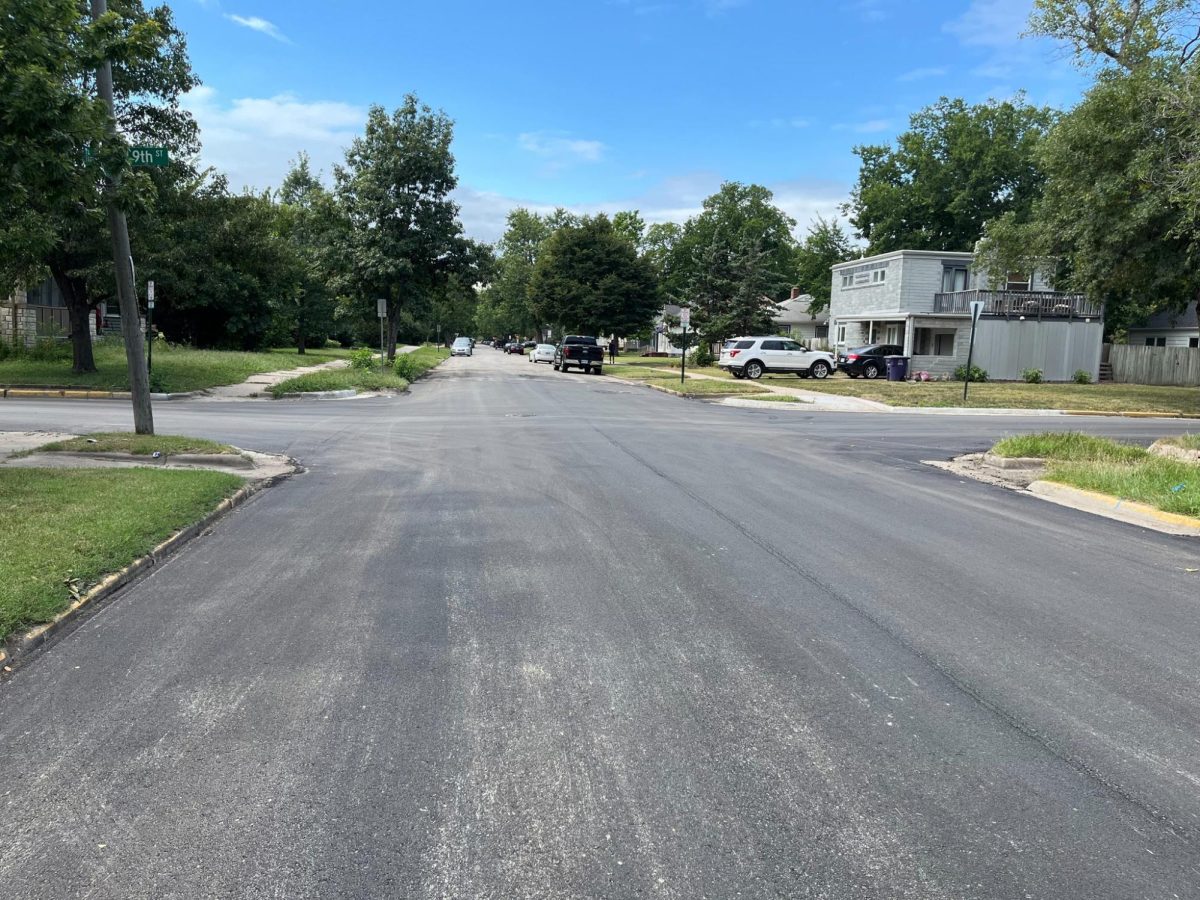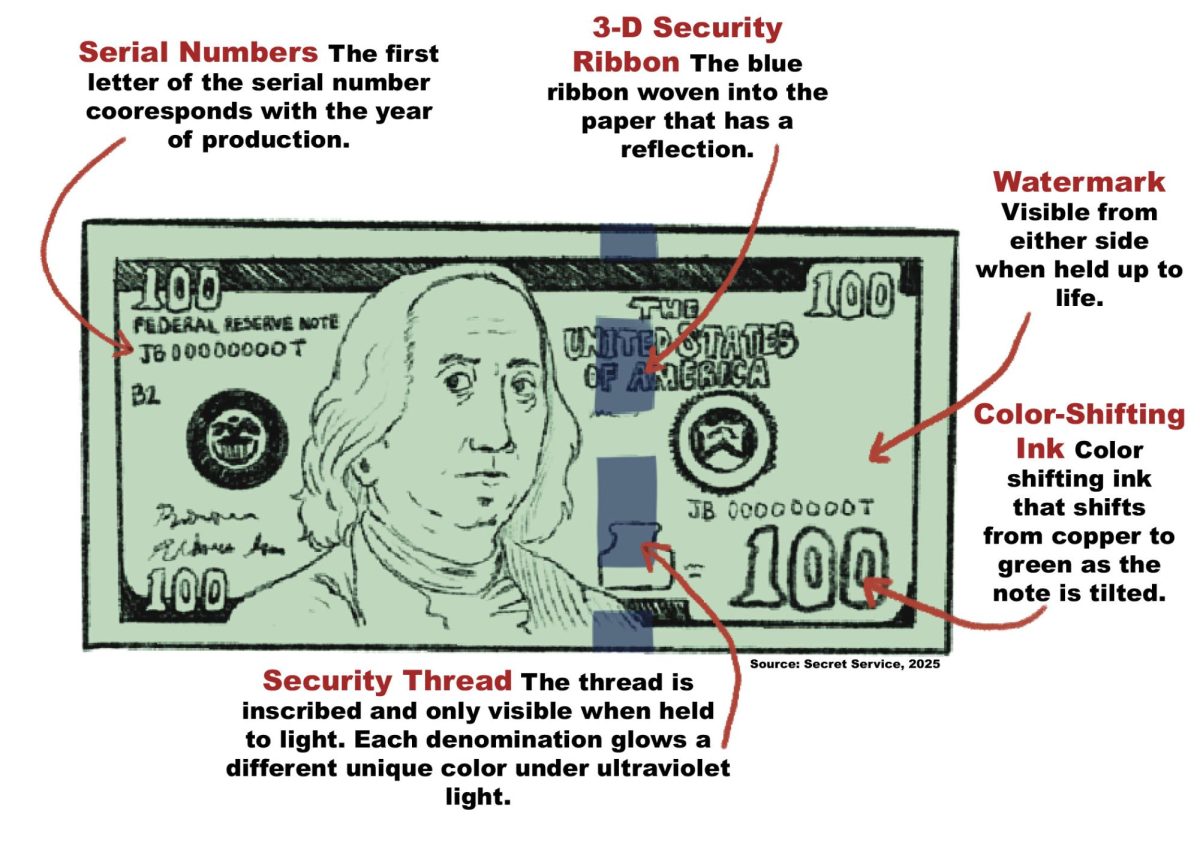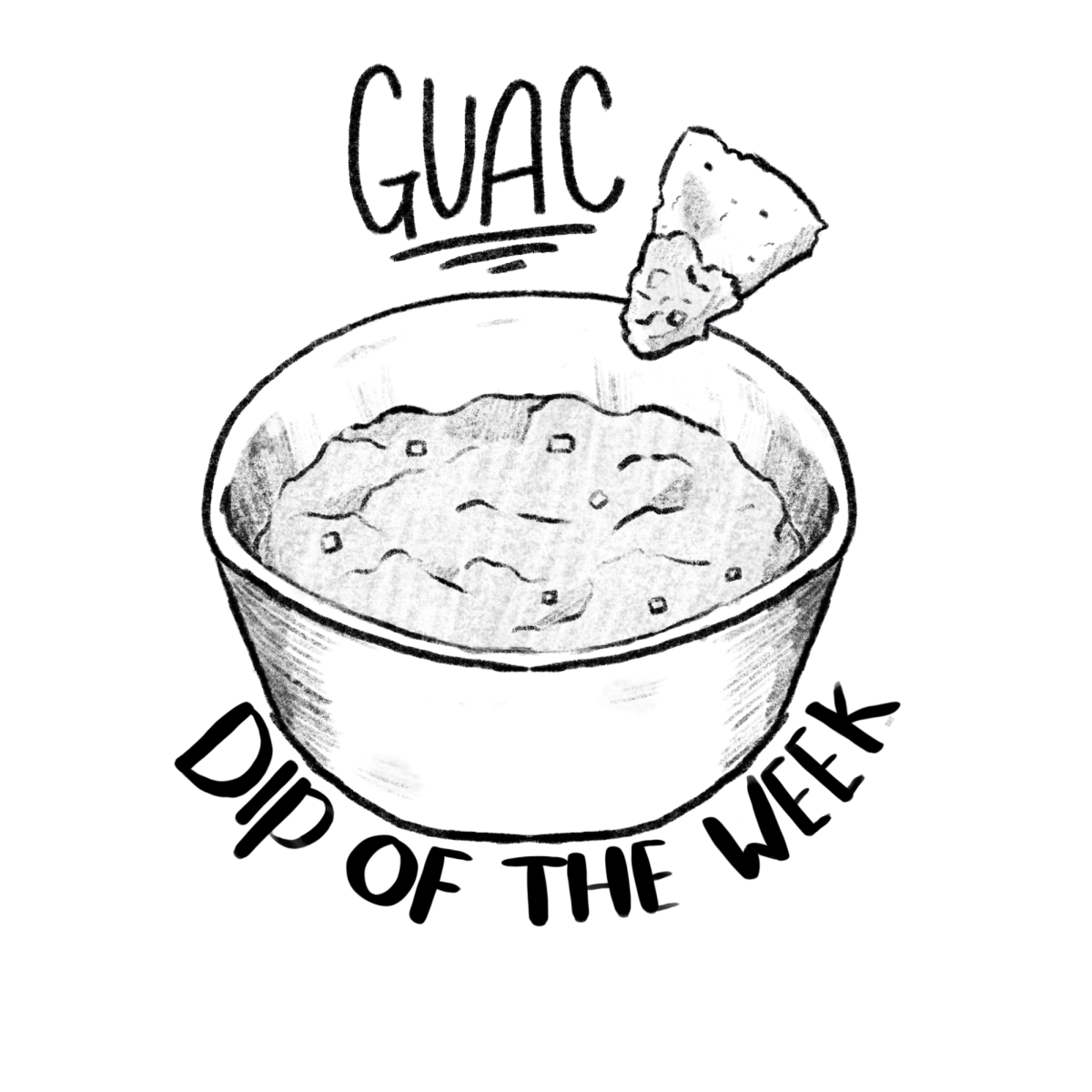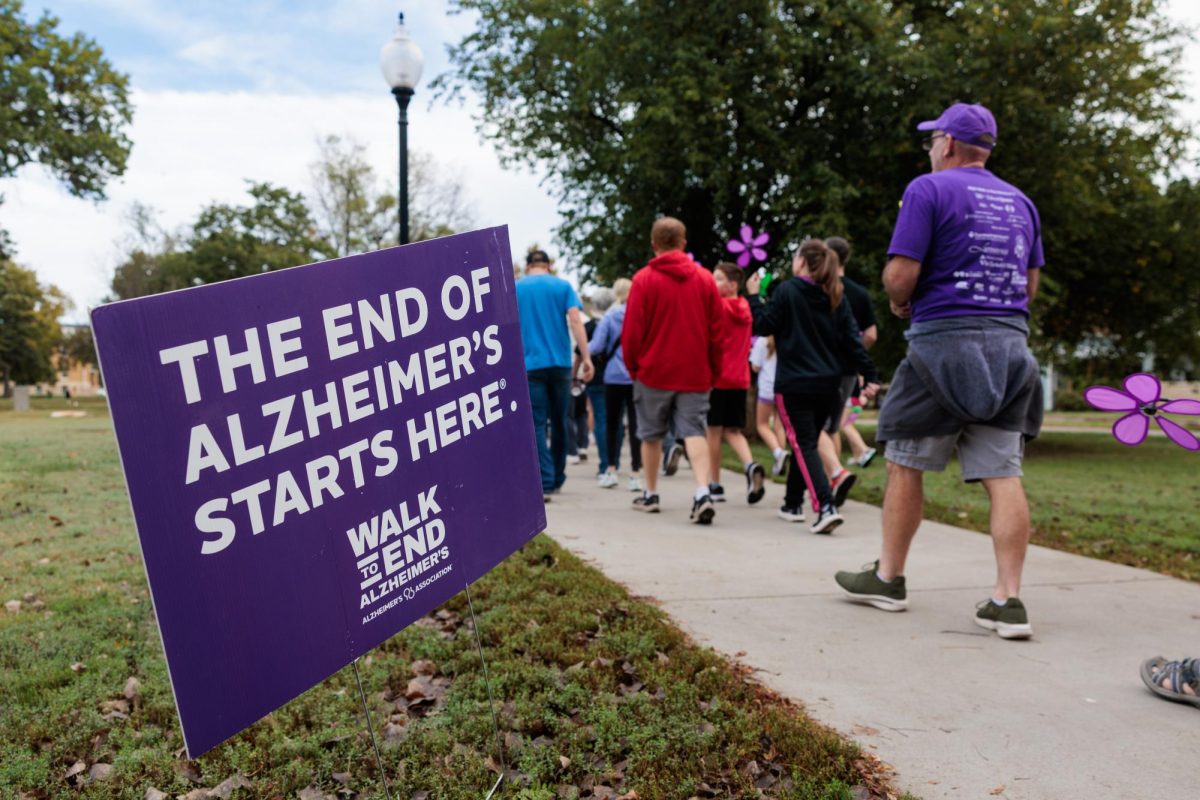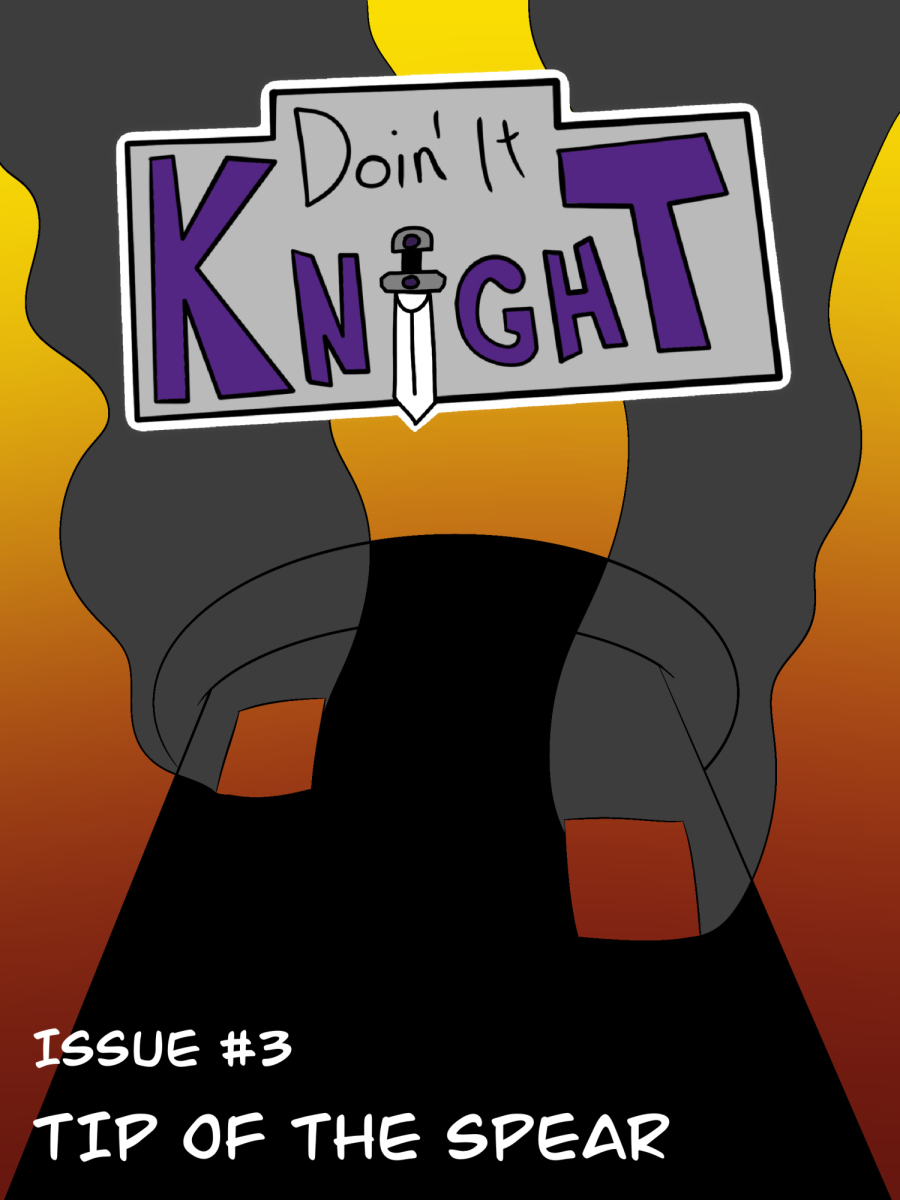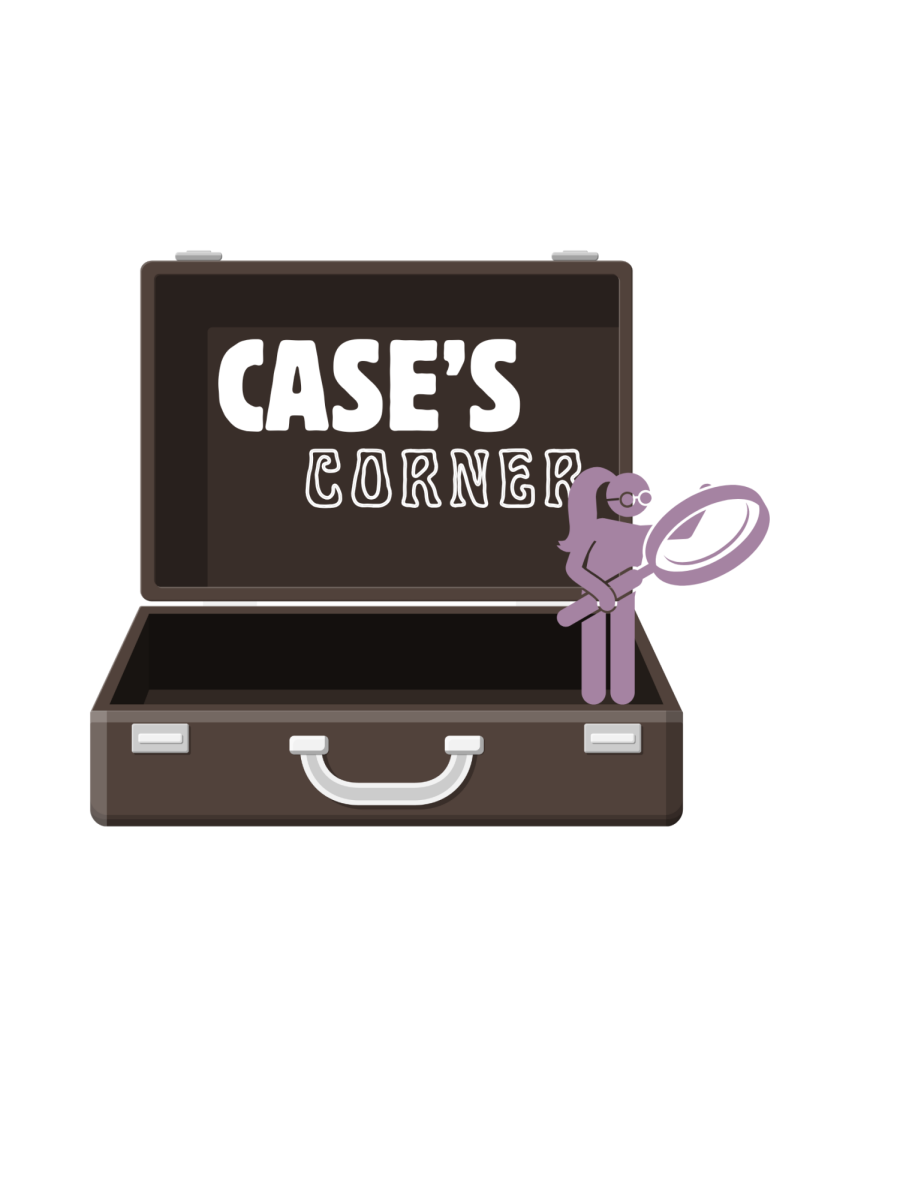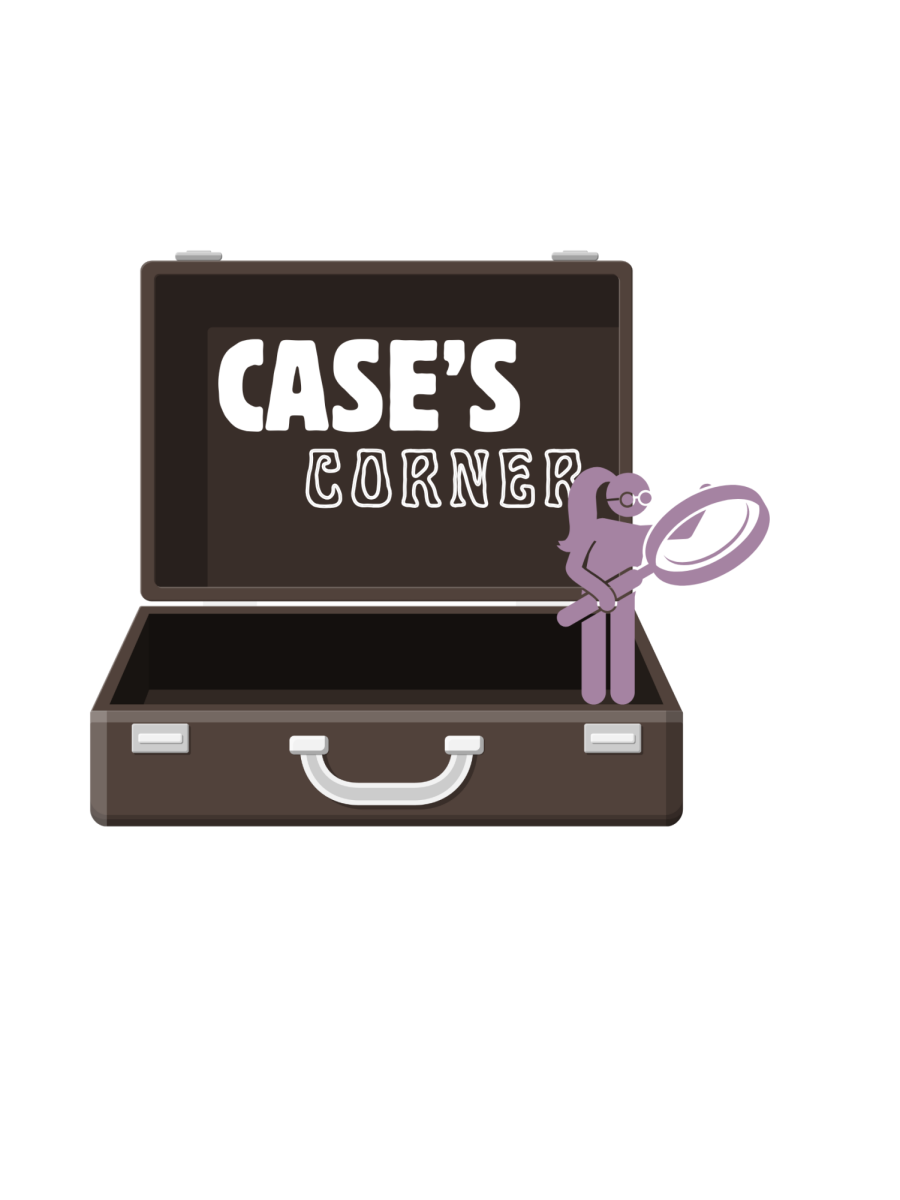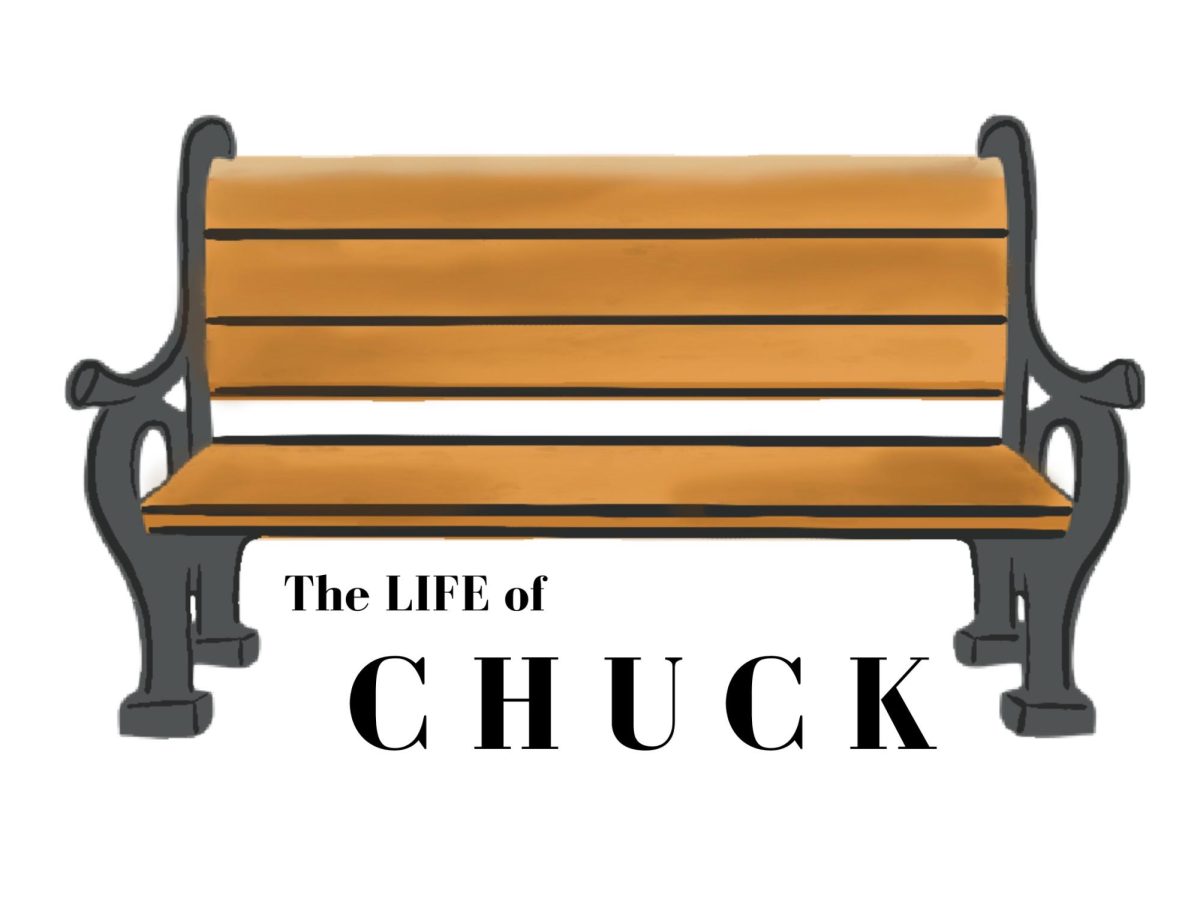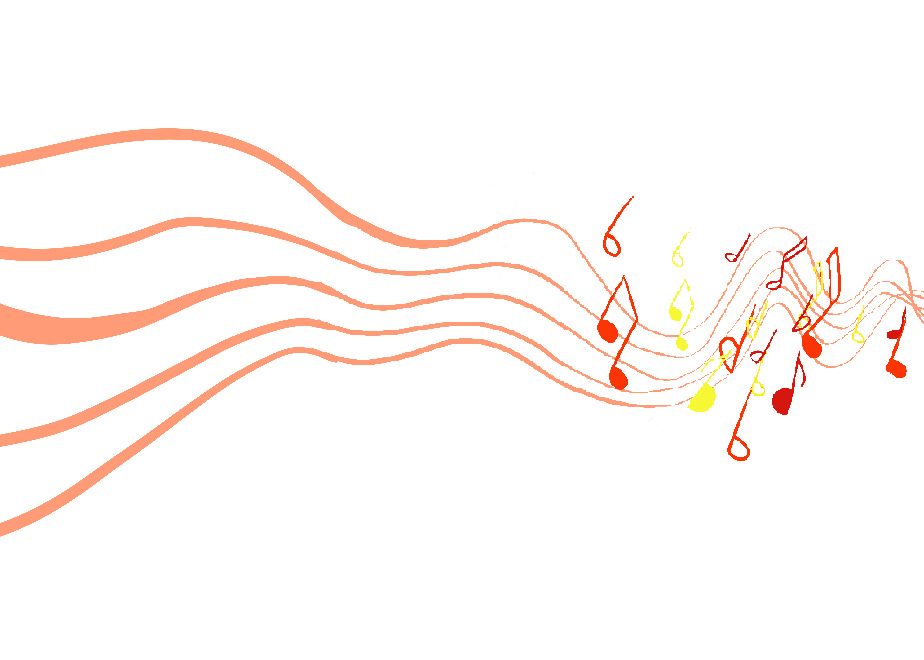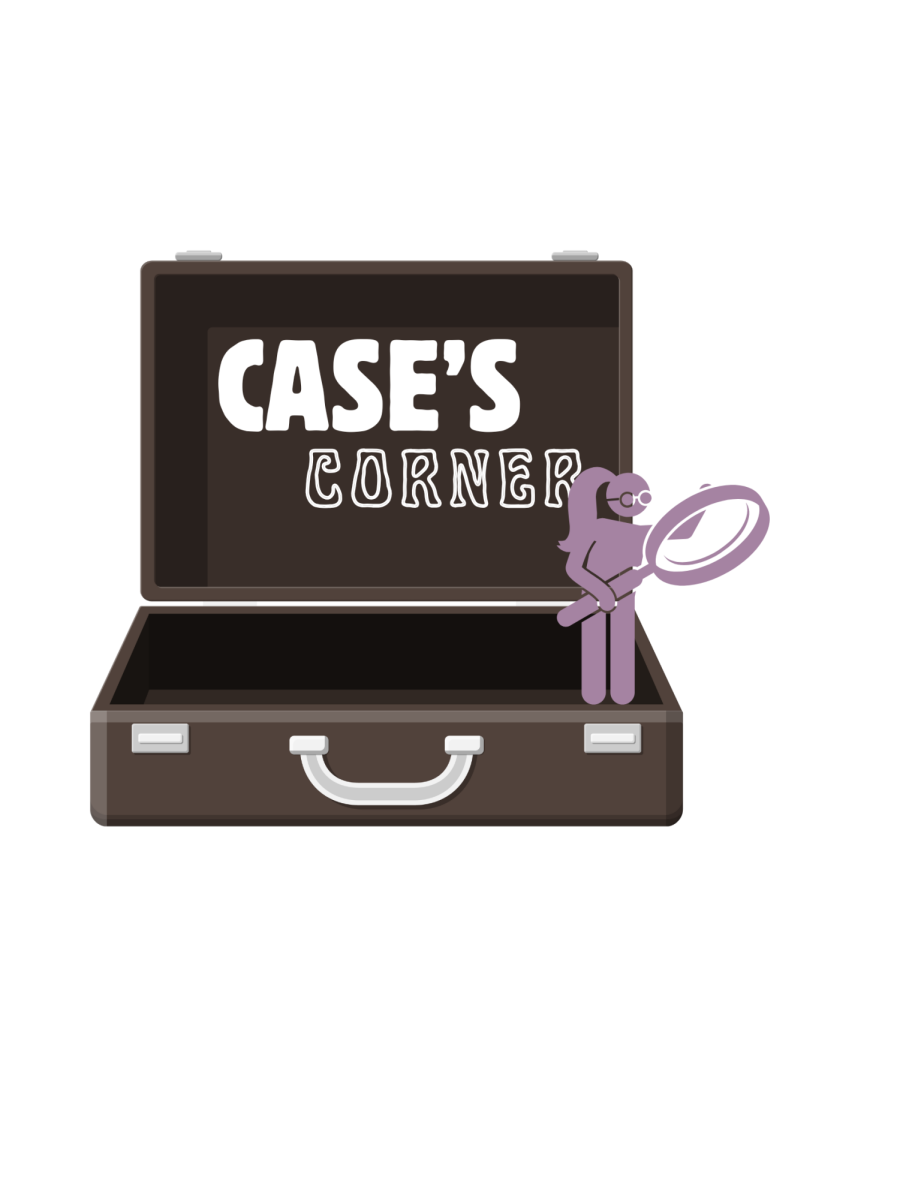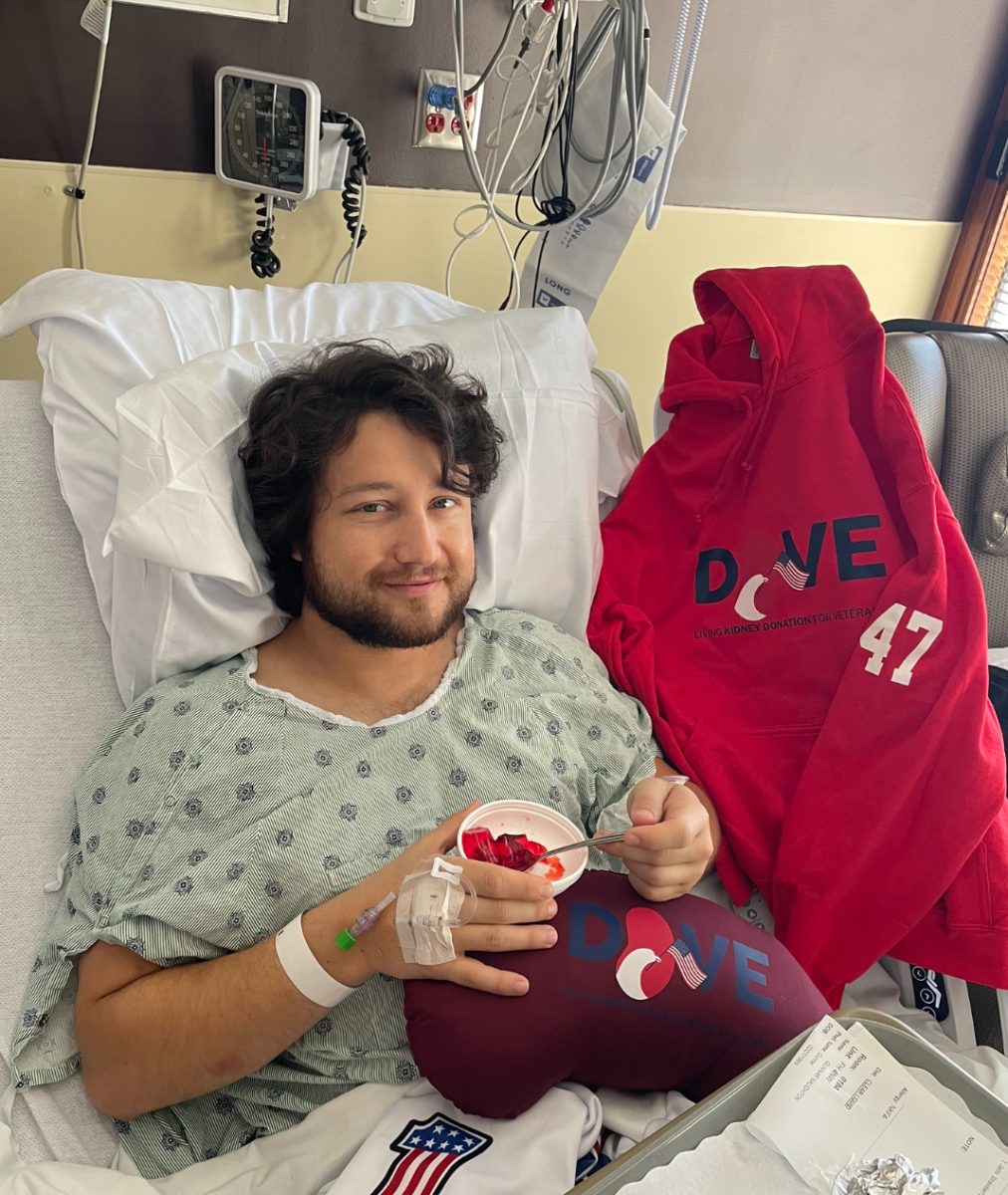Non-economic damages are the intangible losses that you face that cannot be easily quantified. You can’t hand a judge a receipt that shows how much your panic attacks cost. But that doesn’t mean those panic attacks don’t matter. In fact, they might end up affecting your life way more than the hospital bill ever will.
Now, most insurance companies are quick to recognize two main types of damages: economic and non-economic. But while economic ones are usually settled with little argument, non-economic damages are often minimized or flat-out ignored by insurers because they’re harder to measure.
Examples of Non-Economic Damages
Here are the primary examples of non-economic damages typically included in a PI case:
Physical Pain and Suffering
This is exactly what it sounds like. It covers broken bones, torn muscles, chronic pain, migraines, or even nerve damage that lasts for months or years. The pain doesn’t end after the hospital visit, and that continued suffering is part of what a personal injury claim should include.
Emotional Distress and Mental Anguish
Accidents damage the body and mess with the mind. Someone could develop PTSD after a traumatic crash or fall into a deep depression after becoming physically impaired. This could show up as panic attacks, anxiety, shame, mood swings, or complete withdrawal from social life. These symptoms are non-economic, but they are life-altering.
In many cases, people even report physical side effects from emotional pain, such as headaches, weight gain or loss, insomnia, or exhaustion. That’s why emotional suffering is so often included in personal injury claims.
Loss of Enjoyment of Life
Sometimes, the injury doesn’t just hurt; it also steals something from your life. Maybe you loved biking, playing basketball, dancing, or just being able to run after your kids in the park. When an injury takes away those simple joys, you can claim loss of enjoyment of life.
This category covers the way your lifestyle, hobbies, and daily routines are permanently changed.
Disfigurement and Scarring
A scar on your face or body can affect your confidence, relationships, and even how people treat you in public. If someone ends up with a visible injury, especially on the face, hands, or neck, it can cause deep emotional distress and social anxiety. This kind of non-economic damage recognizes that.
Permanent Disabilities and Physical Impairments
Let’s say someone becomes paralyzed, loses a limb, or can’t walk without help. These reshape a person’s life completely. From using a wheelchair to needing help with basic daily tasks, this category compensates for how much independence someone loses after a serious injury.
Loss of Consortium
In some cases, it’s not just the victim who suffers; their family does too. If a parent, spouse, or child is injured and becomes emotionally distant, unable to offer affection or support, or simply no longer themselves, then the people closest to them can claim something called loss of consortium.
This kind of claim is usually filed by a spouse or child and is completely separate from the injured person’s own claim.
Evidence Helps Prove What Can’t Be Measured
Even though you can’t hand over a receipt for emotional pain, you can still prove it in other ways. Lawyers often build a case for non-economic damages using:
- Medical records, to show how serious the injury is
- Mental health treatment history, to prove distress
- Journals, where victims describe what daily life has become
- Witness testimony, especially from friends and family
- Expert opinions, from therapists, doctors, or trauma specialists
There’s no perfect system for calculating the value of these damages either, but one common method used in courts and insurance negotiations is called the multiplier method. Basically, they take the total economic damages (like hospital bills and lost income) and then multiply them by a number between 1.5 and 5. The more serious and life-changing the injury, the higher the multiplier.





